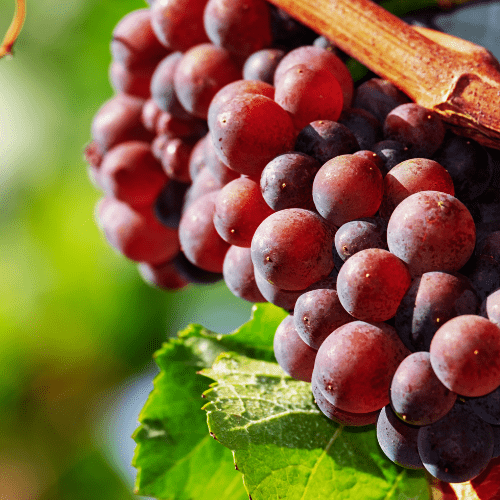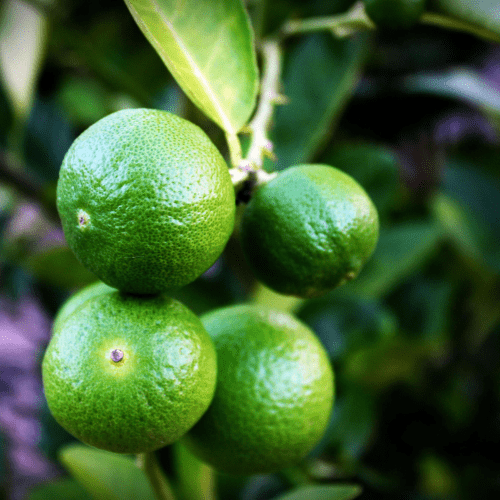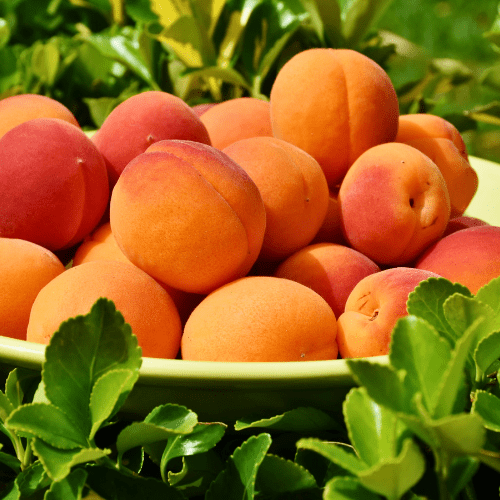Position
Hanepoot grapes grow well in full sun. They prefer areas with little to no humidity and are adept at weathering the heat.
Size
Grapevines grow well on a structure like a pergola or a strong fence. Usually, the plant will reach a mature size of about 3 metres tall, with a 3 metre spread. Hanepoot vines produce medium-sized bunches of greenish grapes.
Soil Type
It is optimal to plant your Hanepoot in sandy loam soil with good drainage and is slightly on the acidic side in terms of its pH. However, it will thrive in almost all soil types as long as they drain well.
Mulch
Although it may not always be necessary, well-rotted compost can be applied once a year for best results.
Watering
Keep your Hanepoot vine moist during its growing season, but never overwater it. Once it is fruiting, reduce the amount of water you give it. This plant is susceptible to fungal diseases. To protect it, spray it with a copper-based fungicide in hot, humid conditions and with lime sulphur during its winter dormancy.
Fertilising
Grapevines have roots extending deep into the soil, soaking up nutrients. However, for even healthier plants, good manure and some Epsom salts should be given to the plants once a year.
Use our slow-release nitrogen-rich all plant fertiliser Apply 1 teaspoon every 4-5 months.
Pruning
Pruning helps the Hanepoot grapevine to produce bigger bunches of grapes. When pruning, cut the part of the shoot that has already had grapes and any unwanted shoots on the vine. Remember that bunches only form on shoots that are one or two years old. So, older shoots can be taken off. They can be pruned just after harvesting.
Harvesting
Your Hanepoot grapes are ready to harvest when they have that unmistakable honey-sweet flavour. This is usually around mid-summer.






